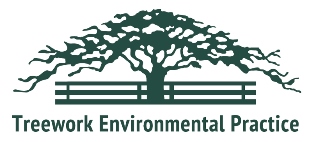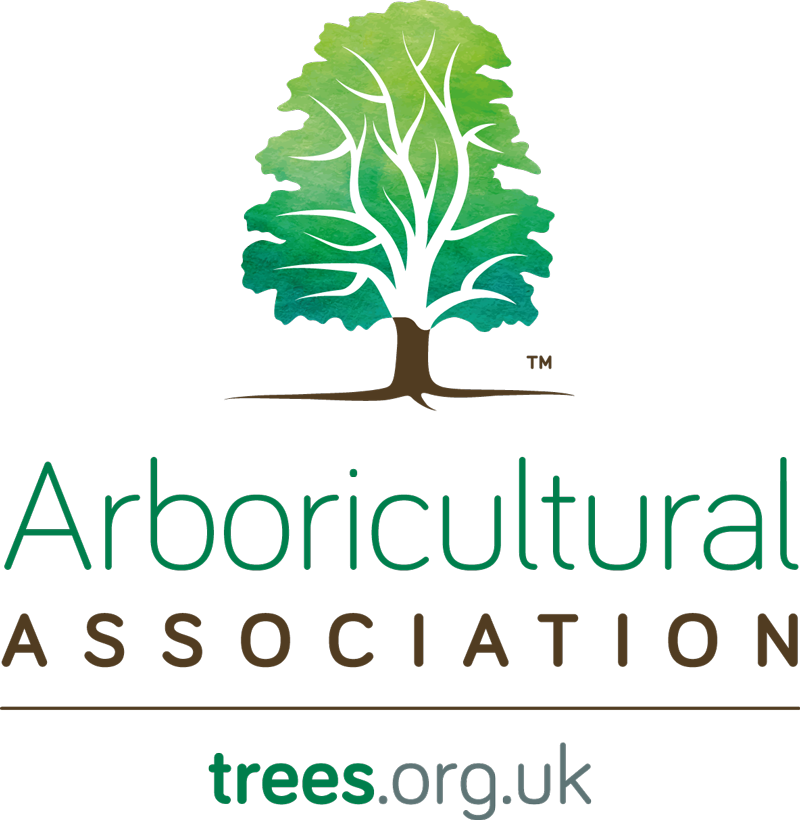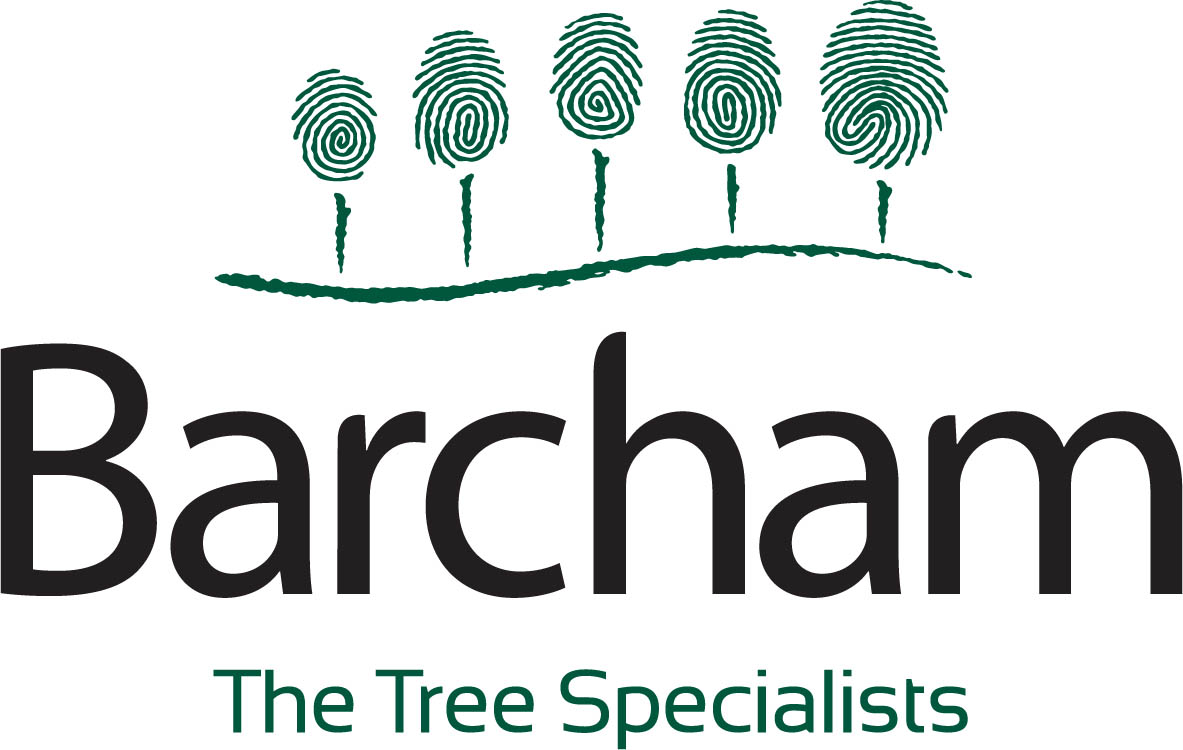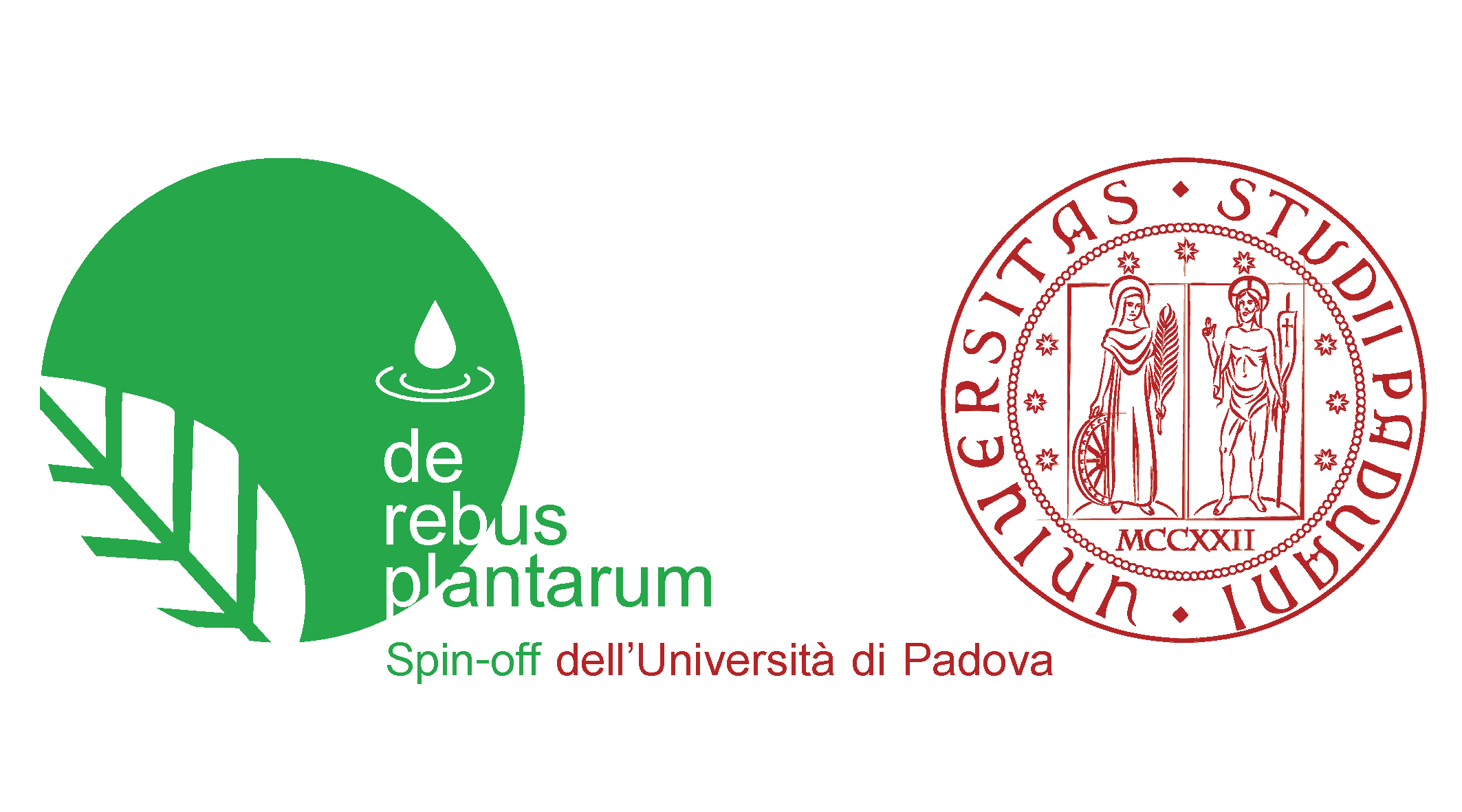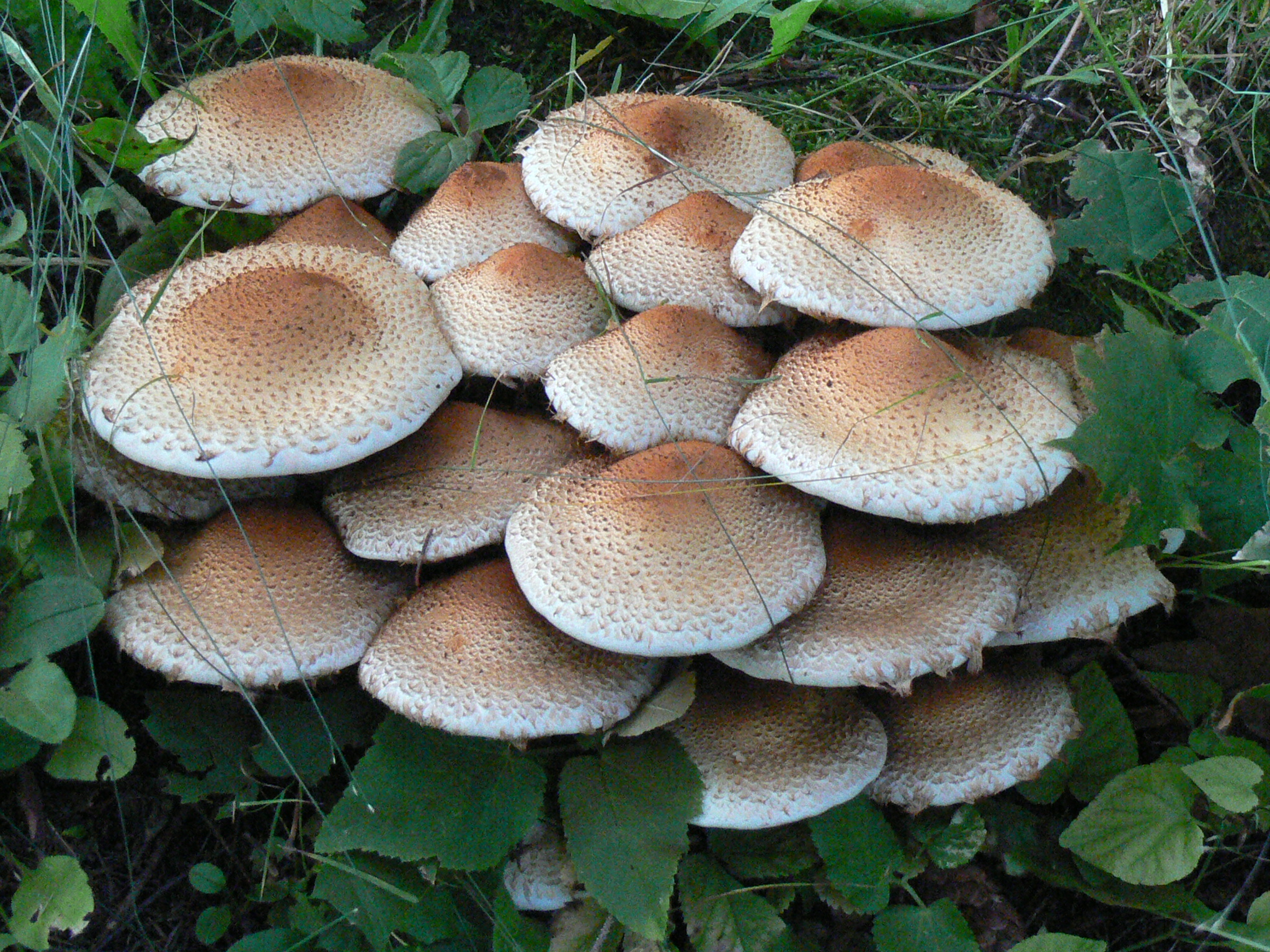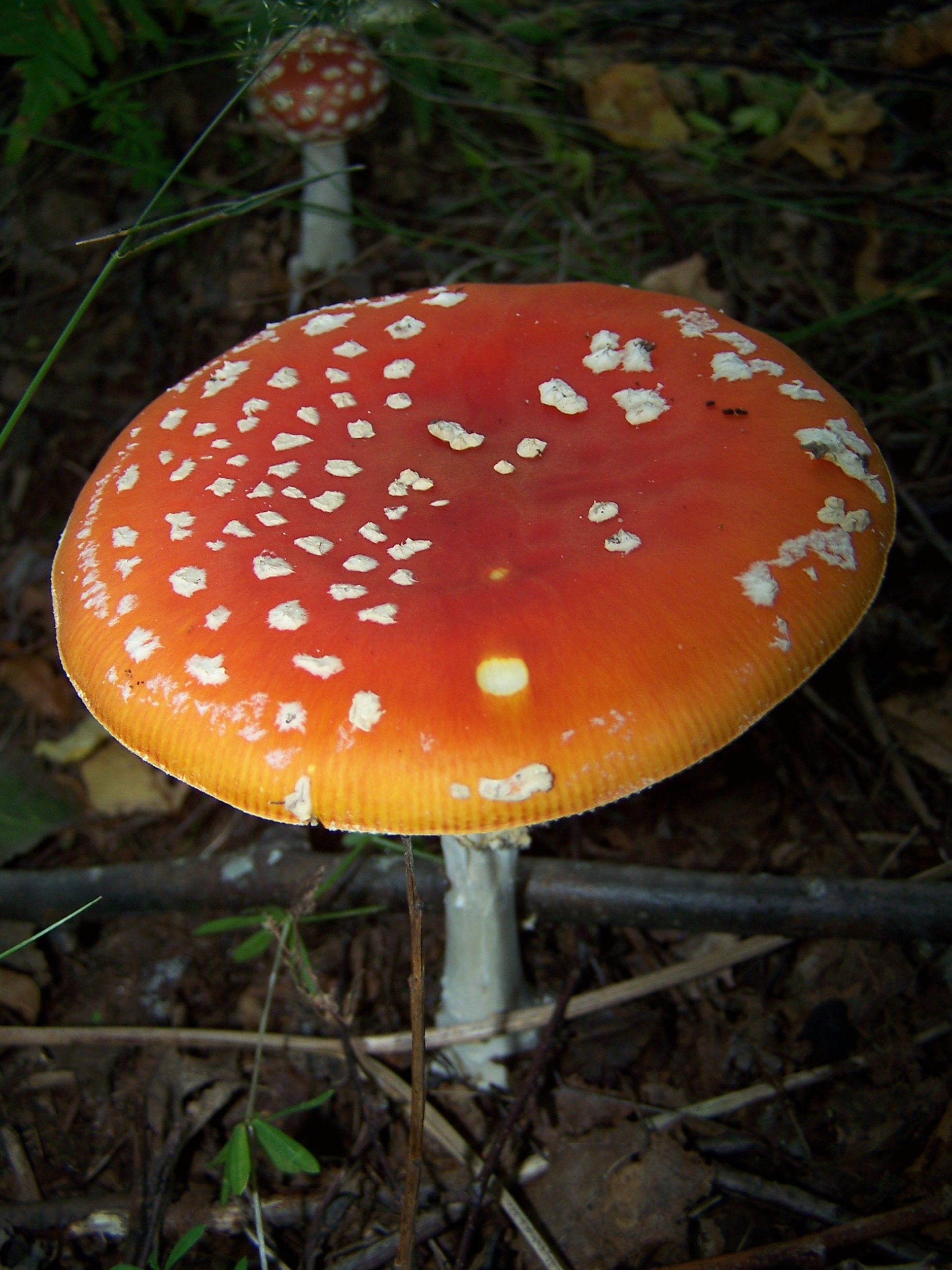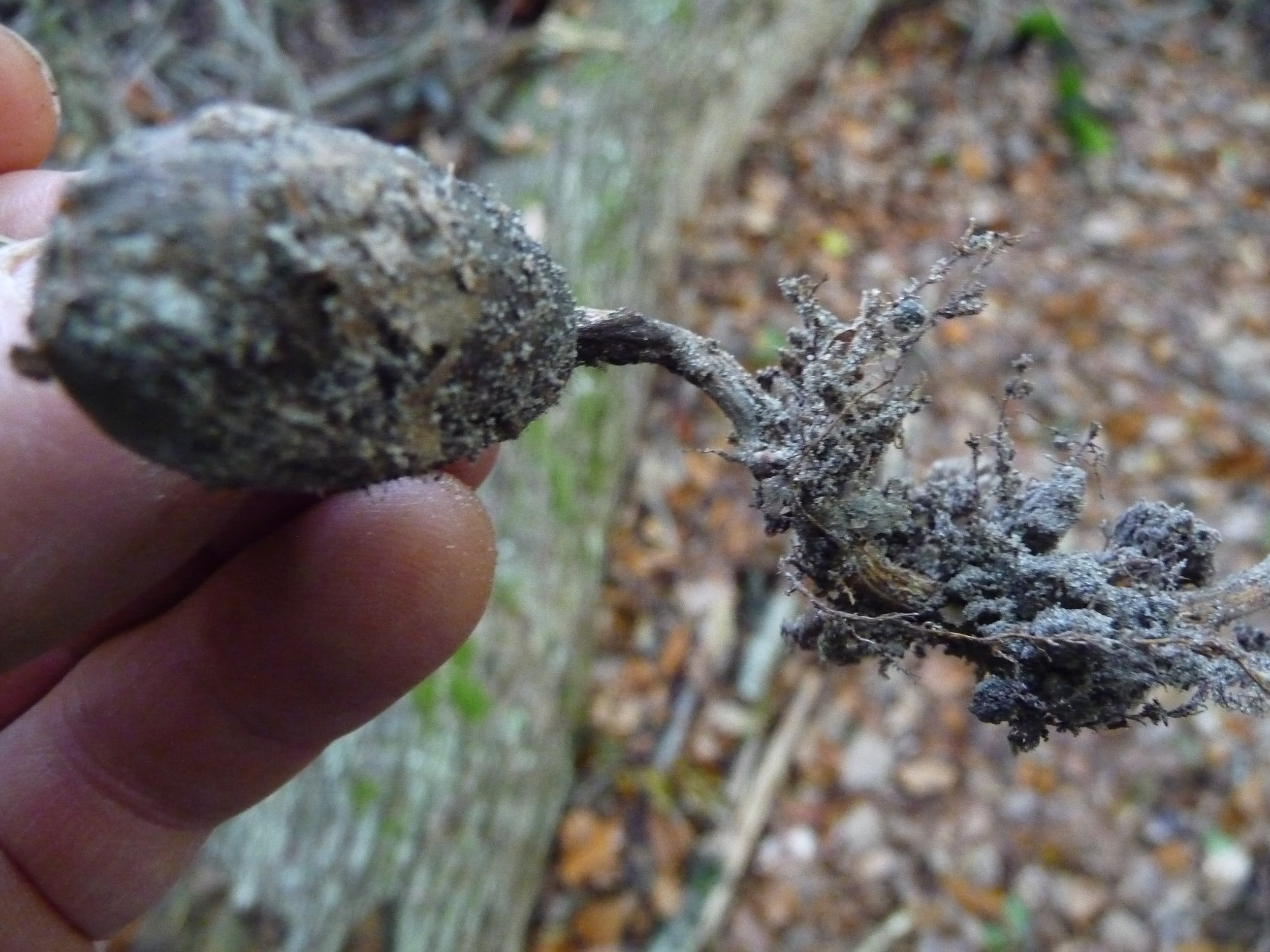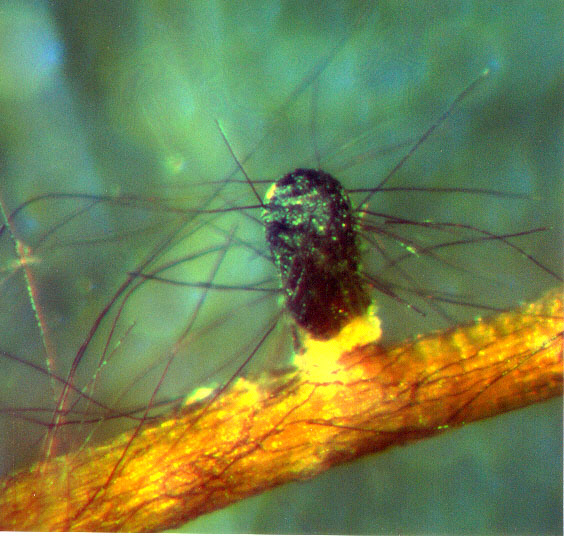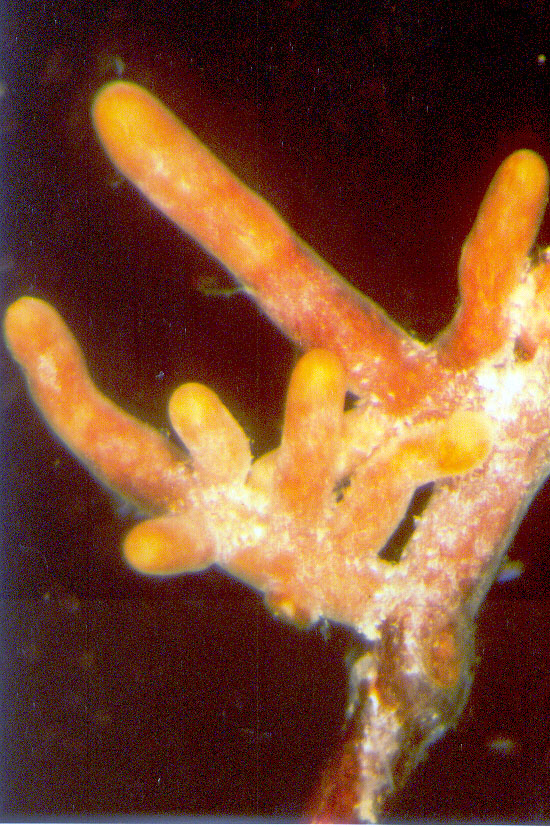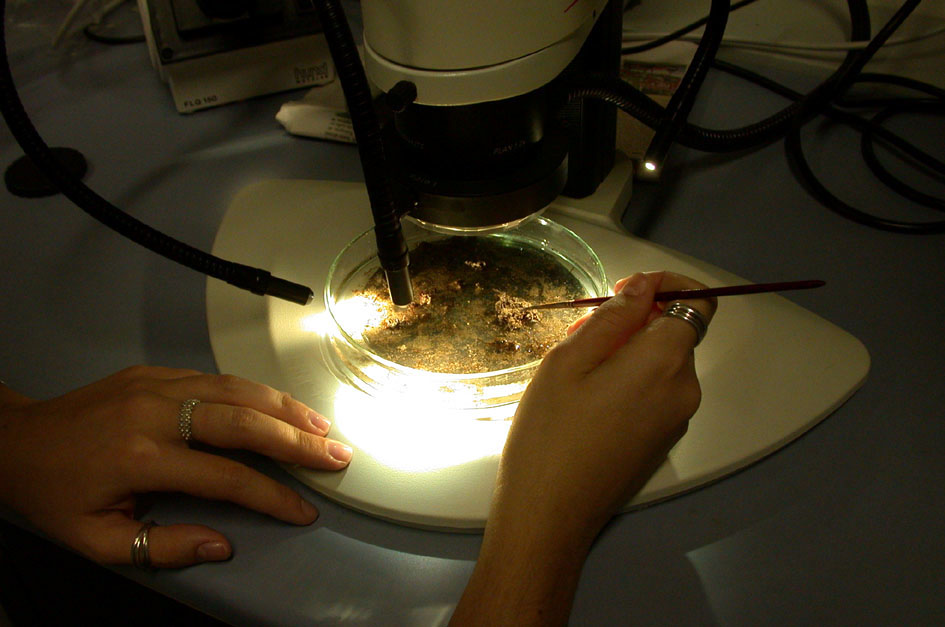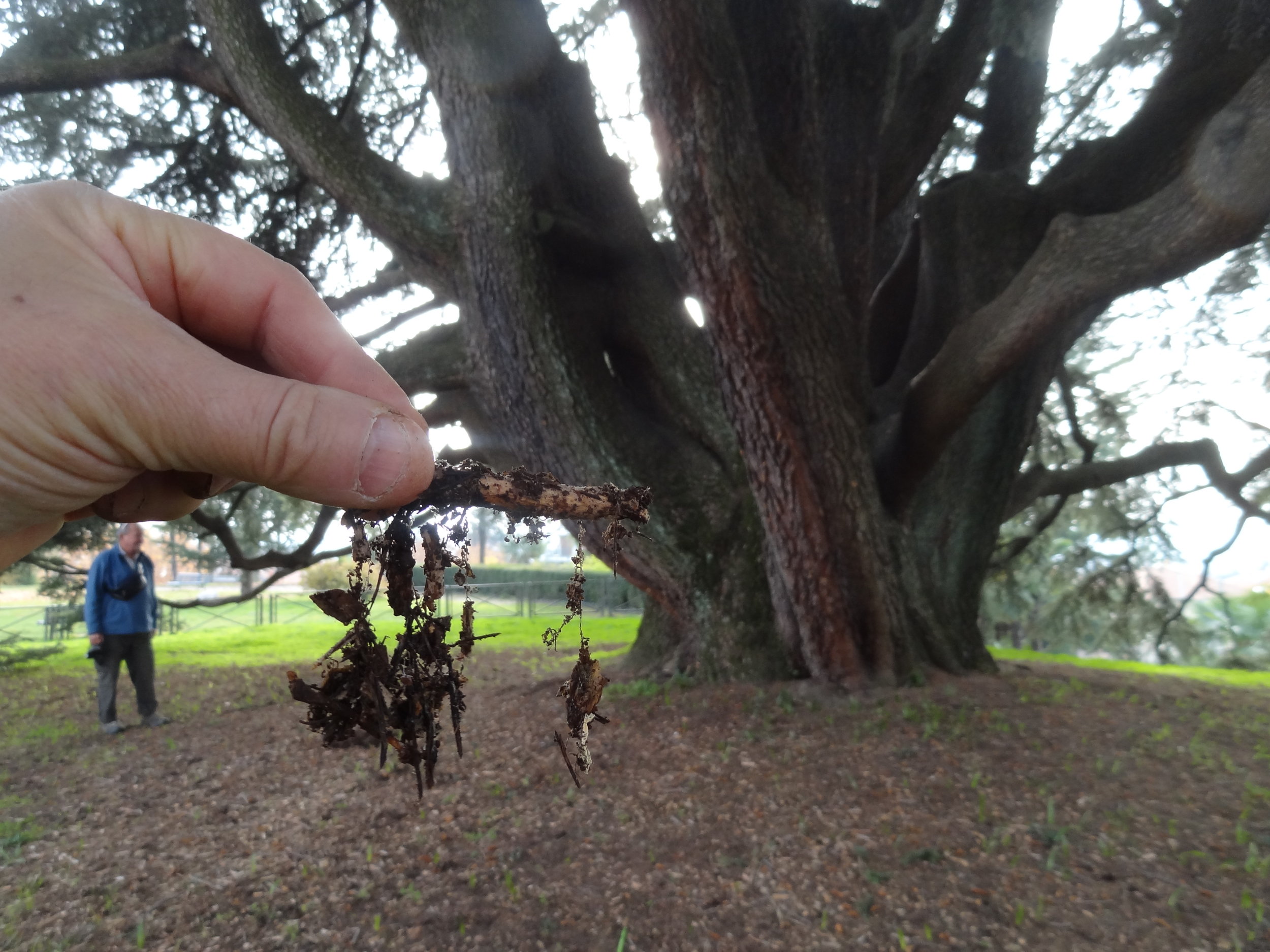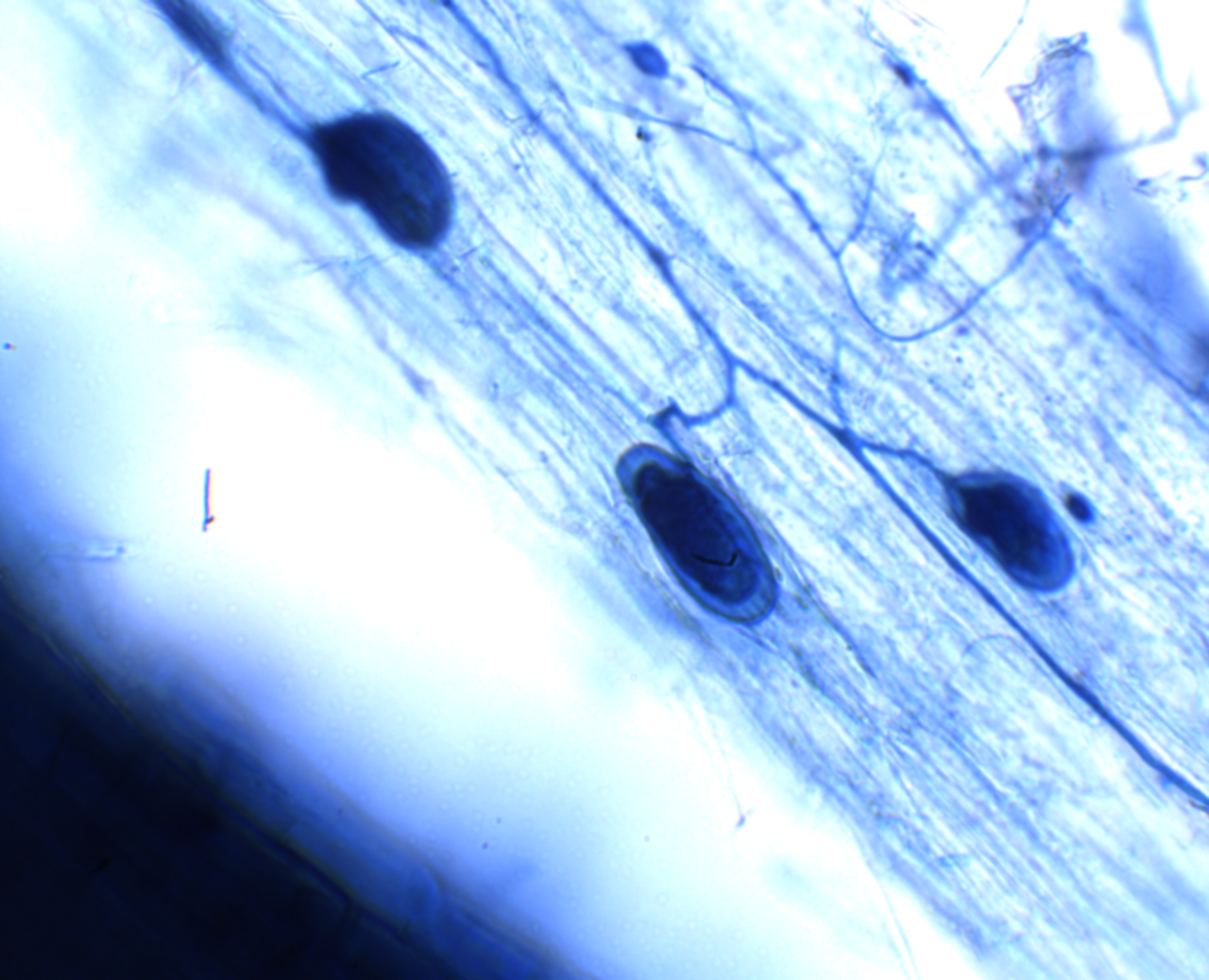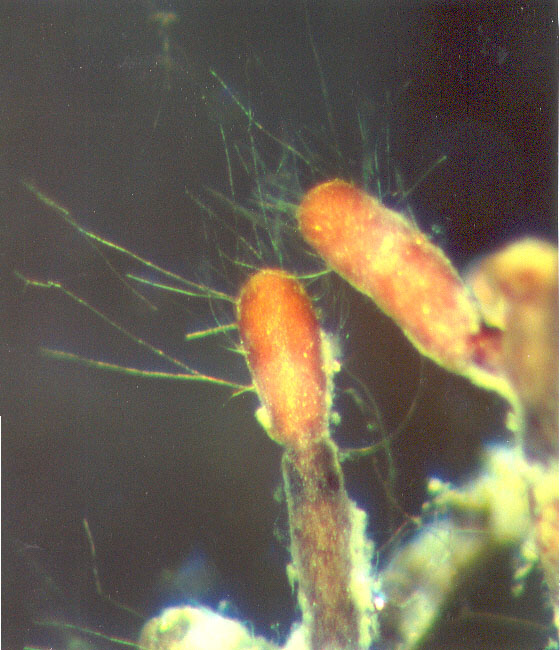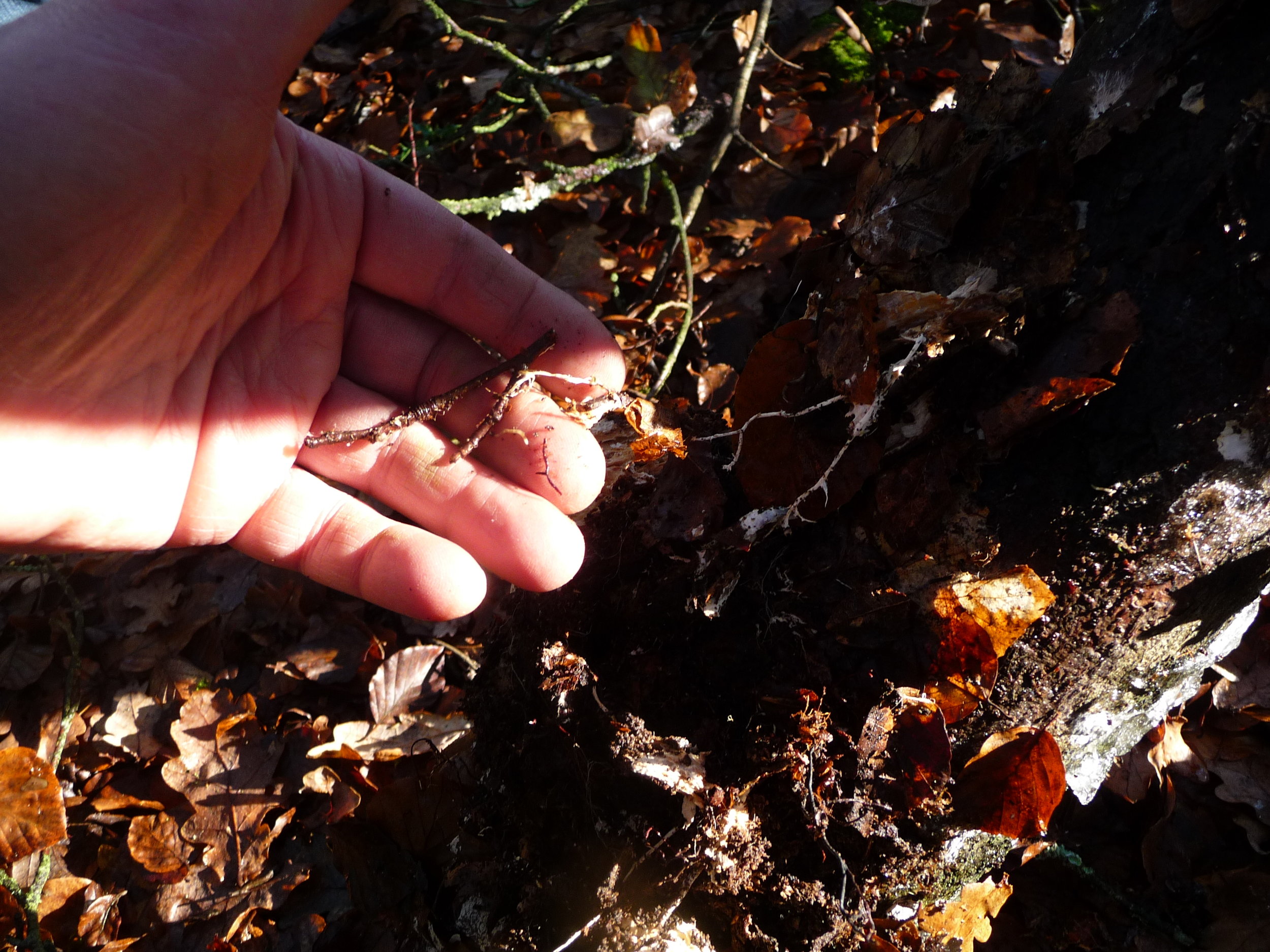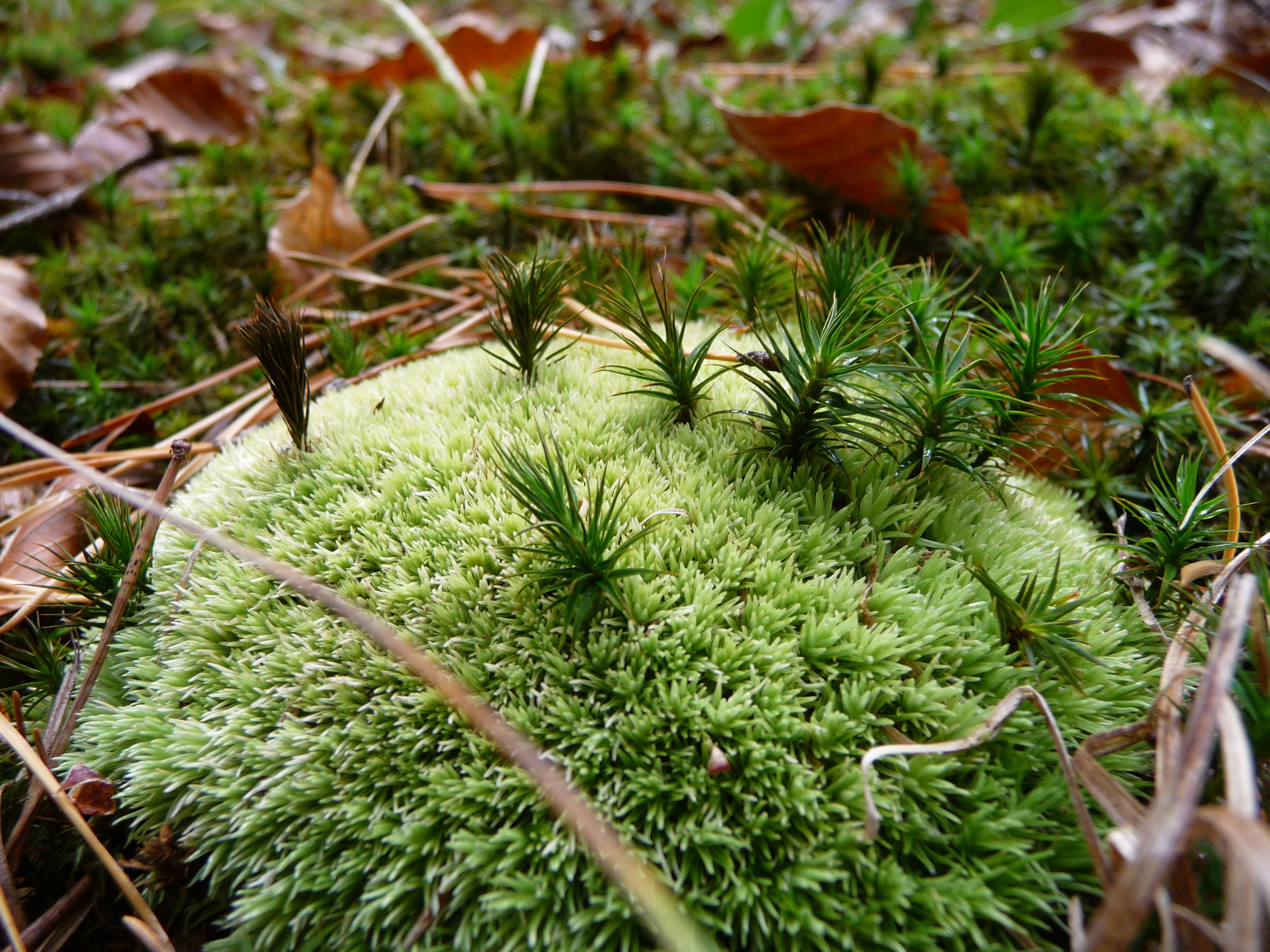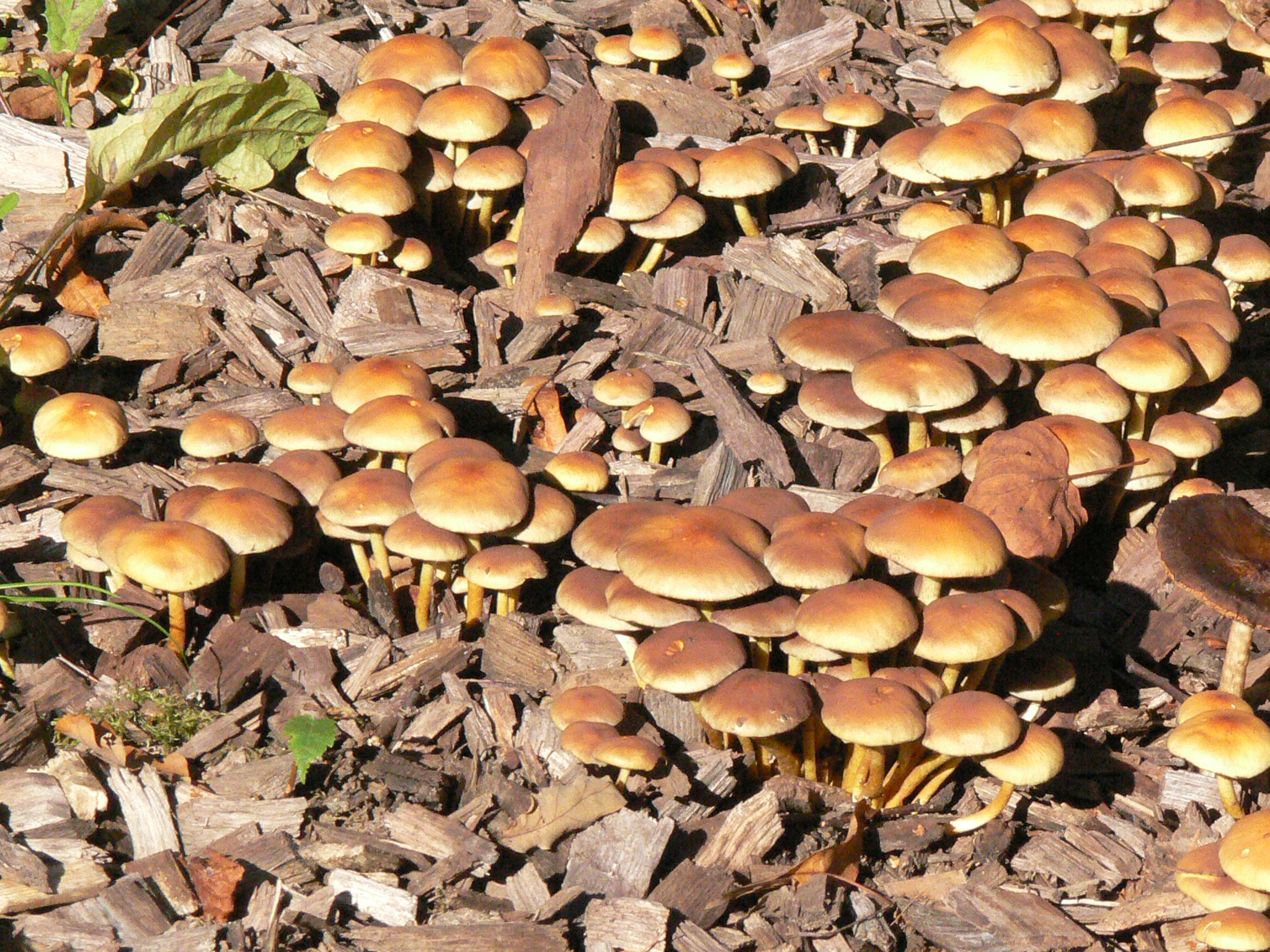Ecological Dynamics in the Rhizosphere
Pathways to an integrated understanding of soil as an ecosystem: soil health and resilience and implications for disease and recovery
A TREE-RELATED INTENSIVE STUDY WEEKEND IN ITALy
Date postponed - New date TBC
Led by Prof Lucio Montecchio, De Rebus Plantarum, University of Padua & Neville Fay, Treework Seminars Director
This is an opportunity to enjoy a unique hothouse learning experience with leading experts. It will involve hard work, inspiring company and great food.
An immersive, intensive study weekend, this workshop provides both field and laboratory experience - supported by specialist academic expertise in soil biology and nutrition, ecology, biodiversity and tree and plant disease.
This collaborative initiative is designed to create a frontline in practitioner knowledge, that will contribute to reducing biosecurity and tree-disease risks. Participants will include professionally interested delegates working with trees, plants and the soil.
Prof. Lucio Montecchio, a member of the scientific board, will lead the study experience.
Practical uses and intended knowledge application
Those attending will come away with a new confidence in their knowledge of the complex hidden world of soil, and with new skills to understand and interpret the structure, dynamics and processes in healthy and deficient soils.
The unique knowledge gained on this intensive course will set new standards in conservation arboriculture, by reprogramming industry professionals with a new way to address complex biosecurity problems.
Delegates will learn practical steps that can be used in their work stream to correctly diagnose and respond to soil issues relating to tree health, in more appropriate and effective ways.
All workshops are taught in English.
CPD
The workshop equates to 11.5 hours of Continuing Professional Development. Treework Seminars - University of Padua certificates of attendance will be issued upon completion.
Workshop Leaders
Prof. Lucio Montecchio is Professor of Forest Pathology and Ornamental Trees Pathology at the University of Padua.
His research includes the composition of mycorrhizal communities in relation to forest decline, the ecology of endophytic fungi, epidemiology and dynamics of forest diseases, and biological control.
Neville Fay is an ICF registered arboricultural consultant.
He is the founder of Treework Environmental Practice, Treework Seminars and the charity Tree Aid, and is a co-founder of the Ancient Tree Forum. Neville lectures and publishes on trees, the ecosystem and sustainable management. He is involved in tree health and soil studies affecting mature trees in decline. He has founded the Sustainable Soils Alliance to reverse the universal decline in soil health and biodiversity.
Prof. Giuseppe Concheri is an associate professor in Soil Science at the University of Padua.
His research focuses on soil organic biology, humus and composting, and how root exudates influence biological processes in the rhizosphere within cultivated and natural systems. He is developing devices for measuring soil health and fertility as well as methods for identifying pathogen disease tolerance.
Prof. Andrea Squartini is an associate professor in Microbial Ecology at the University of Padua.
His main interests are natural bacterial and fungal communities, and communities the environmental factors ruling their cell-to-cell communication patterns and their relationships with plants.
Dr. Elisa Dal Maso is a post-doctoral researcher in Plant Pathology at the University of Padua.
Her main research topics include ecology, taxonomy, diagnostics and forecasting modelling on the relationships between ectomycorrhizal communities and root-tip parasites.
Supported by
THE STUDY WORKSHOP PARTNERSHIP
De Rebus Plantarium, University of Padua, Italy & Treework Environmental Practice, UK
THE VENUE
A Unesco Heritage Site, University of Padua’s Orto Botanico was founded in 1545 to provide an open-air laboratory for medical students. It is the oldest existing University Botanical Garden in the world.
Prices
Comprehensive package
£770.00 (+VAT)
3-4* Hotel for 2 nights within walking distance from the Orto Botanico.
Delicious Italian evening meals with wine as well as refreshments throughout the day.
Transfers between the hotel and Venice Treviso airport are included.
Flights are NOT included
Day Package
£460.00 (+VAT)
Italian Buffet included on arrival and Saturday Lunch as well as refreshments throughout the day.
You must arrange your own travel, transfer, accommodation and dinner for the period of the workshop.
Please note there are a maximum of 25 places available so early booking is recommended.
Testimonials from our previous Padua workshop on Canker Stain of Plane
I have to say that this was the best CPD I have ever done. The teaching quality was outstanding. The tour was broken into class time and site visits which provided a well-rounded learning experience. To have Luccio on hand from 08:00, to, well nearly 08:00 was unbelievable. It meant that at any part of the day you could ask questions and draw from his knowledge and many years of work. The social experience was invaluable. This is what arbs love; good company (knowledge, expertise), good food, good refreshments and talking trees. If you get the opportunity to go on one of Treework's study tours I would highly recommend you go. You will not be disappointed.
Gary Meadowcroft
Tree Services Manager - Southwark Council
A wonderful opportunity to learn in a very enjoyable way. The careful preparation showed through all aspects of the study tour which made for a full programme of learning and an enjoyable social experience. This was a quality event which exceeded our expectations. I would recommend similar events as excellent value and very worthwhile.
Tim Moya
Director - Tim Moya Associates
Further reading on the subject
The communities of soil-borne organisms have enormous importance in the functioning of terrestrial ecosystems, and in most of these communities the mycorrhizal consortia form the most significant portion of biomass, and play a primary role in influencing the nutrient cycle. In general, it can be stated that ectomycorrhizae - mainly present in trees growing in temperate climates - contribute towards modifying competitiveness in plant communities, tending to facilitate those plants that respond better to colonisation. The flow of nutrients between plants through the mycorrhizal mycelia can regulate and reduce the competition between them. This means, for example, that a seedling growing in the shade of the tree canopy can receive photosynthates from the adult plants.
The possibility of a rapid recycling of nutrients and avoiding their loss from the system could be another way in which the fungal community reduces competition between plants by means of an overall increase in the availability of these elements. Competition is also reduced by the capacity of the fungi to segregate into a large number of niches through a complex series of mechanisms.
When an unexpected disturbance (disease, drought, felling) passes certain levels, in terms of intensity and time, the system risks rapidly losing its capacity for recovery - at least in the short-term. There is therefore a need to formulate techniques and criteria for the exploitation of resources that derive from a thorough knowledge of all the mechanisms regulating these complex natural systems in order to avoid exceeding the critical thresholds for their survival.
Although much has still to be learned about the mechanisms with which the mycorrhizal fungi regulate competition between plants, it is certain that they play a fundamental role in the fitness of a plant and the trees consortium. Among mycorrhizae, Ectomycorrhizae are found mainly on the forest tree species of temperate climates and, to a lesser extent, on shrubs and herbaceous plants. They involve the majority of the living root tips of a plant, with high fungal species richness and a mutable presence and frequency over time.
Mycorrhizal communities are highly complex, with many different factors that influence their dynamics in various ways. It is thus not possible to talk about a joint “mycorrhizal effect”. This is the result of a complex and dynamic sequence of relationships, influenced by the characteristics of the two partners (plant and fungus), the site features, and the health status of the plant - including the presence and virulence of root-tips parasites. Within this perspective, the dynamics controlling the persistence and competition between symbiotic fungi - and consequently, the mycorrhizal community structure at both plant and population level - play an important role in contributing to the maintenance of plant fitness within the wider context of ecosystems, also when natural and human disturbances occur.
Generally, in a root system, a few fungal taxa represent the majority of the mycorrhizal presence, with the most of the other species being relatively infrequent. Moreover, the species present even in small volumes of soil have a highly heterogeneous distribution, both horizontally and vertically, with a spatial distribution also varying over time. The fungal succession, the plant age and its physiological state, and the degree of specificity of a fungus for a plant, can influence the competition among plants. The less selective fungi benefit from the greater probability of finding hosts with which to associate, whereas more specific fungi, which co-evolved for a long time with the same partner, may exhibit higher compatibility and confer greater competitiveness on the plant than the less specialised wide-spectrum fungi.
Classical statistical methods for representing environmental variables often assume that measurements are either uniformly or randomly distributed; but this concept is often inappropriate for analyses of several environmental measures, such as the different kind of organisms (i.e. bacterial or fungal communities, pedofauna), or soil, water and air contents: values at neighbouring locations are in fact rarely independent, particularly over short distances. This kind of dependence, called spatial autocorrelation, nonetheless makes it possible to interpolate values at unmonitored locations from known values at monitored locations. New tools and technology are helping to improve our knowledge. One interesting branch of applied statistical methodology, based on the modelling of spatial relationships and dependence, is geostatistics: used for modelling spatial data, it provides accurate estimations of phenomena at locations for which no measurements are available.
MORE ABOUT
TREEWORK ENVIRONMENTAL PRACTICE
Treework Environmental Practice is the industry-leading arboricultural consultancy providing high quality services to clients throughout the UK. Visit the main website to read more about the company behind the seminar series and their mission.
